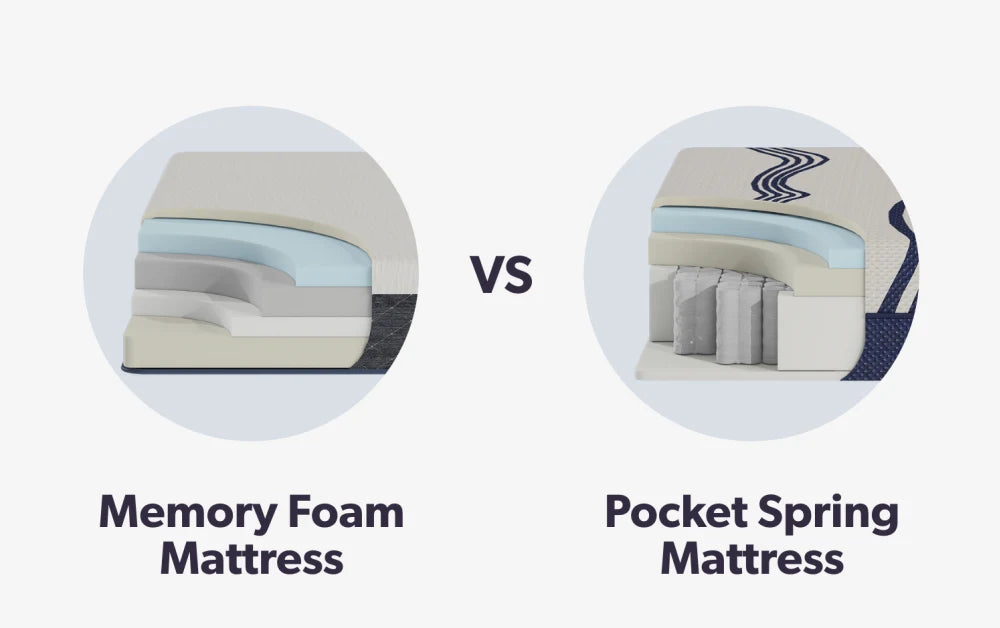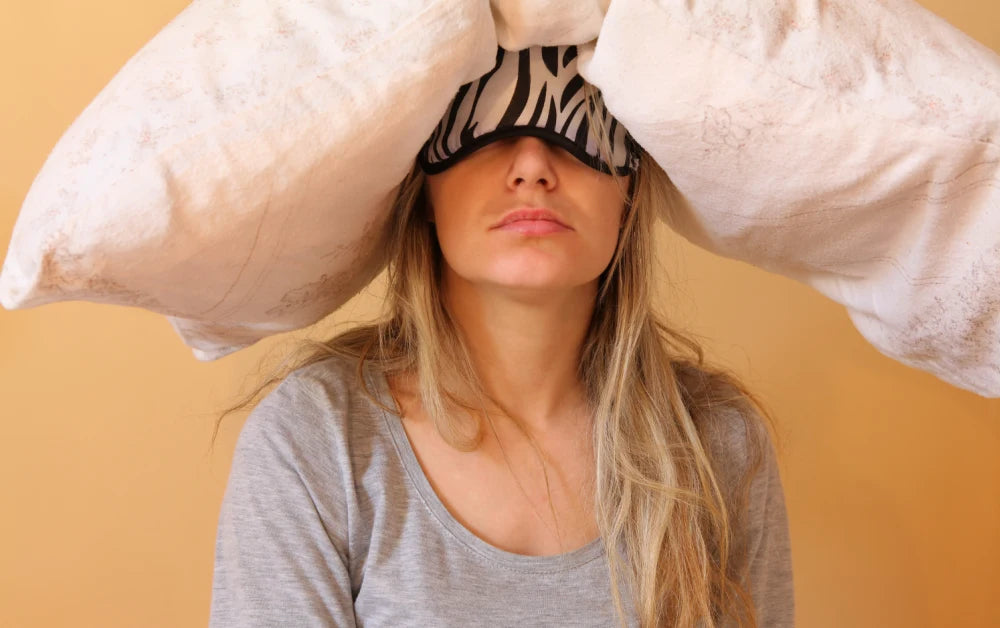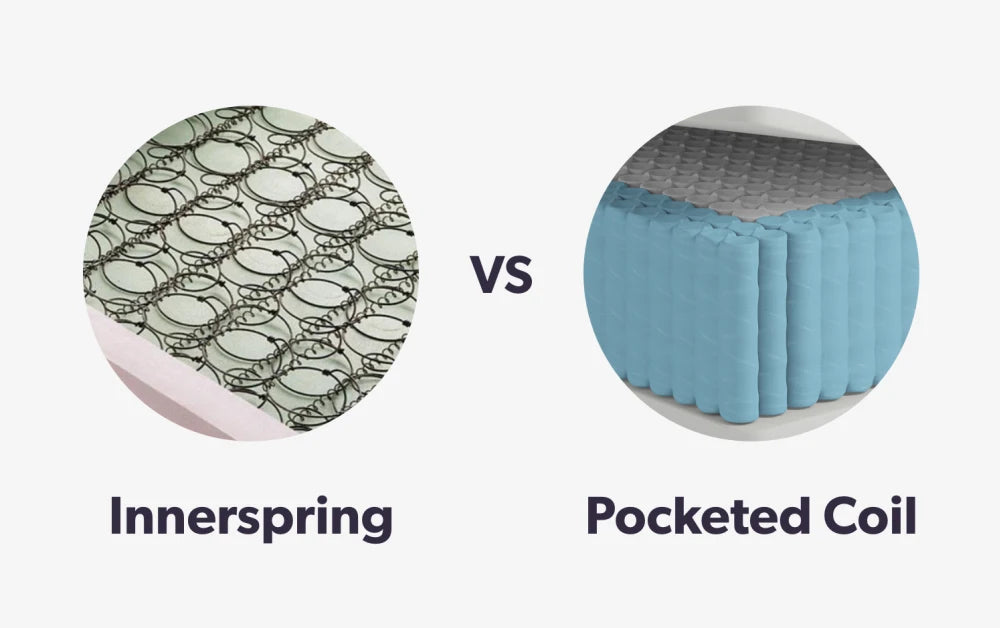Features
What are the most important mattress features?

Written by Ryan Farris
Founder
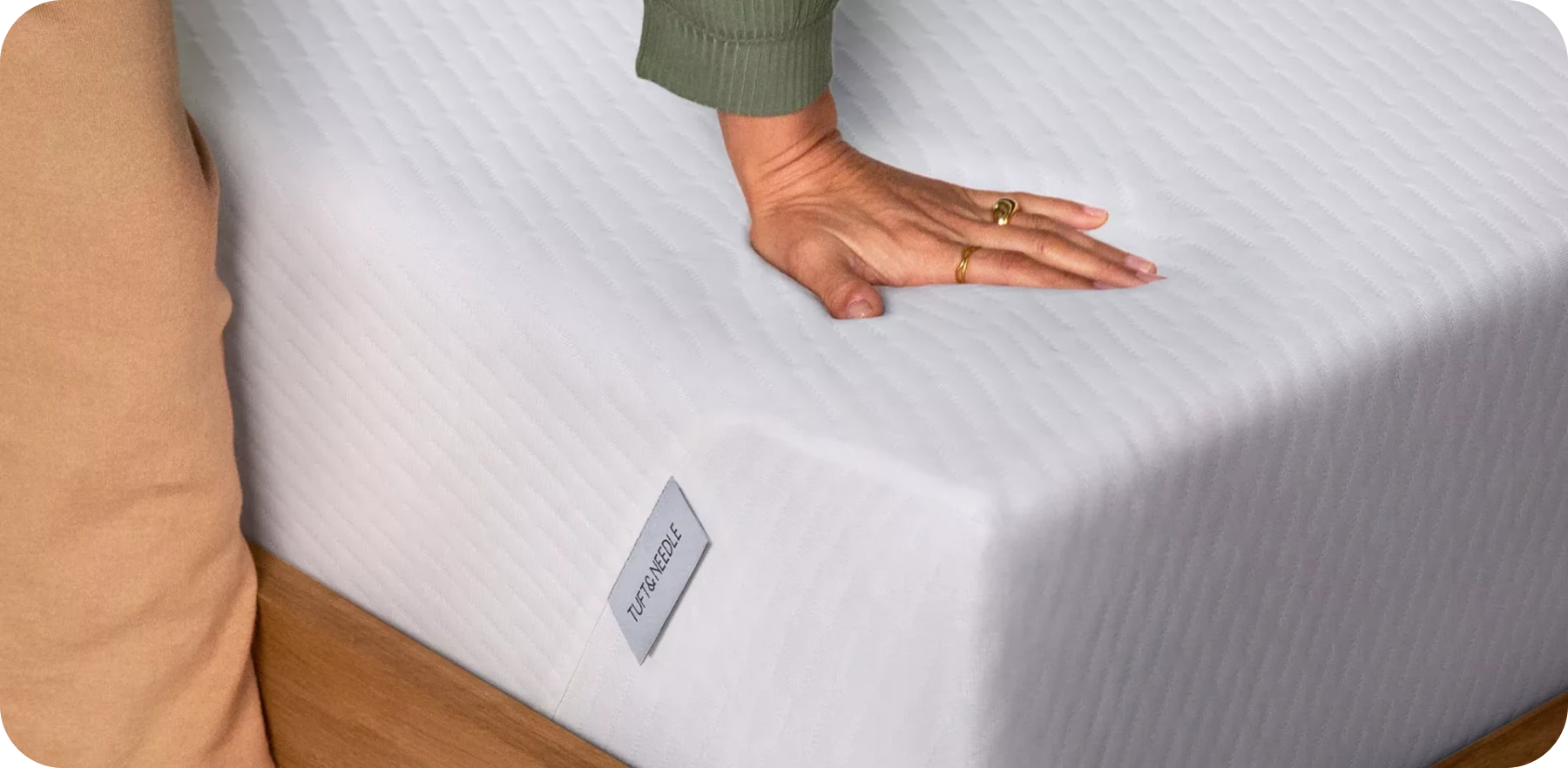
No matter what type of sleeper you are, you will still have a unique experience when it comes to sleep and the type of mattress you need. With that said, you should aim to look for a few important mattress features, and match them to your individual needs. Keep in mind that you won’t really know how well a mattress performs in some ways unless you try it out for a while. Whenever possible, look for a mattress that has a trial period, allowing you to return or exchange the mattress if it does not meet your needs.
Step 1. Size
Understanding the size of the mattress you need is simple. It is a matter of who is sleeping on the mattress and how much space they need.
This is intuitive enough. For instance, a 6 year old child probably doesn’t need a California king mattress.
Most adults are comfortable on a Twin XL if they're sleeping on it by themselves, but most opt for at least a full size mattress, which can fit either one or two people. Queen mattresses are the most popular size and are more common for partners, as they add extra space for both people to move comfortably.
King or California king mattresses are more a matter of extravagance than comfort most of the time. And there is nothing wrong with that! If you want to feel luxurious every time you settle in for bed, a king mattress will literally have you feeling like royalty
Quick Guide to Mattress Dimensions:
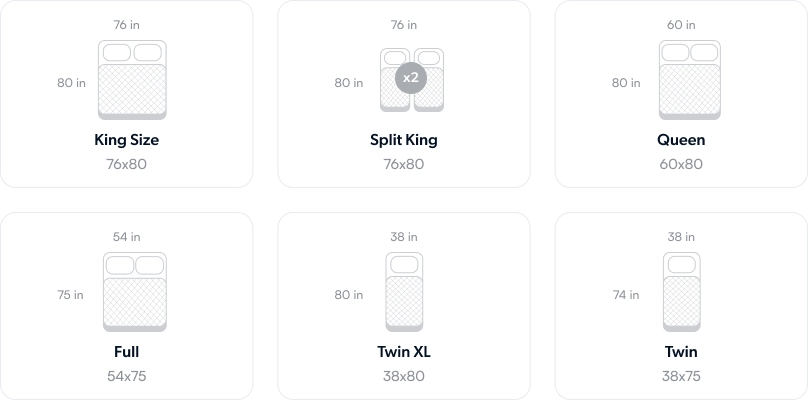
Please note that while our mattresses adhere to industry-standard dimensions, slight variations may occur due to the hand-sewn nature of each product. This means the actual size of your mattress might differ by an inch or so, depending on the individual craftsmanship.
Step 2. Firmness
Firmness is another straightforward term, referring to how soft or firm a mattress feels. Firmness is measured on a 1 to 10 scale.
A 1 would be like sleeping on a pile of feathers, and a 10 would be like sleeping on the floor. Most people are somewhere in the middle, and 1 and 10 are more reference points than actual firmness levels.
Our Mattress King Firmness Guide:
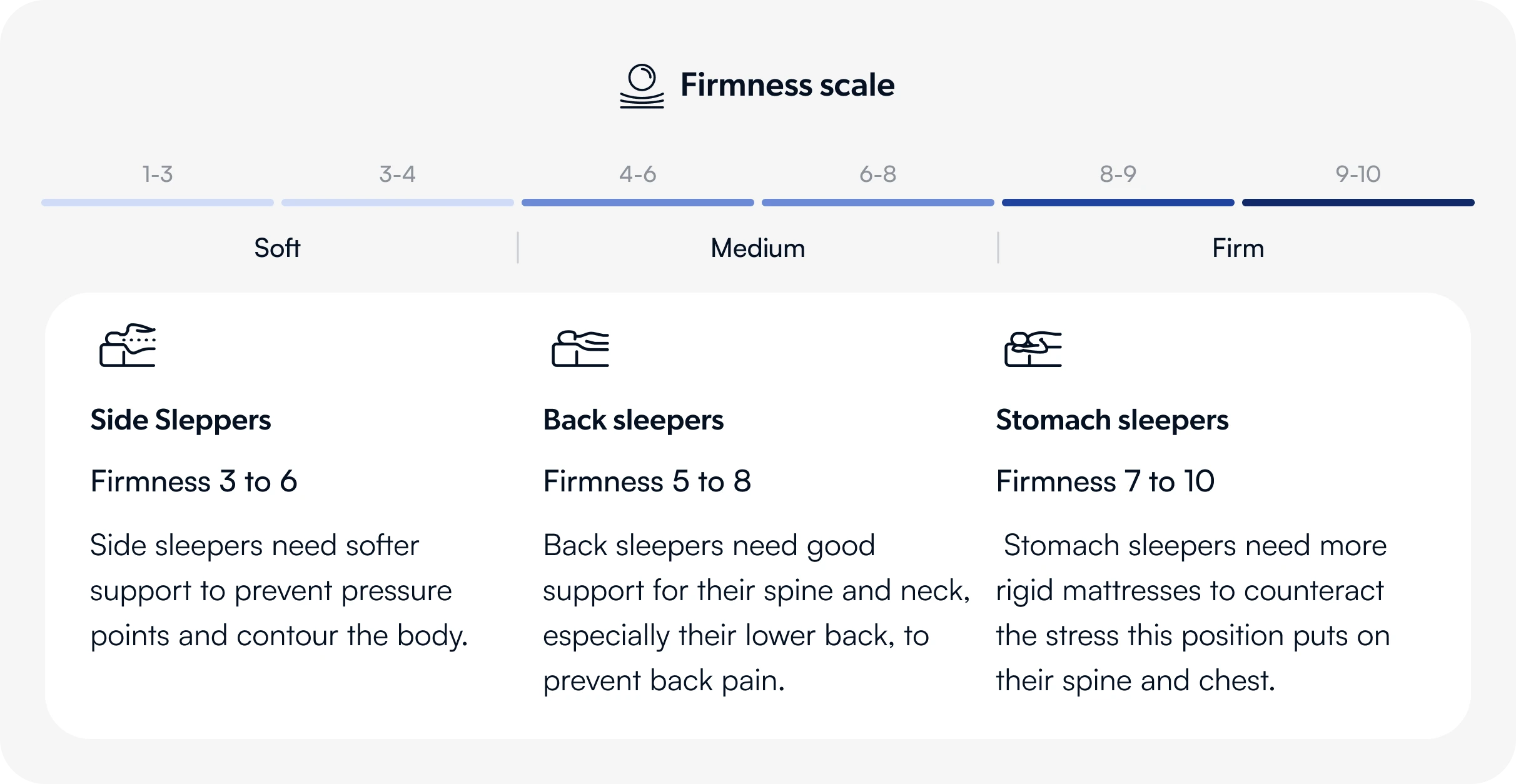
Step 3. Support
Mattress support plays a vital role in ensuring a good night's sleep and overall well-being. While firmness relates to how dense a mattress feels, support refers to its ability to hold weight and maintain shape to support the body properly. This feature is especially crucial for couples or overweight individuals who require high support mattresses that maintain their properties under extra weight.
Importance of Proper Support
Spinal Alignment: A supportive mattress aids in maintaining proper spinal alignment, which is essential for comfort and health. Proper alignment reduces the risk of back pain and discomfort.
Pressure Distribution: Supportive mattresses evenly distribute body weight, relieving pressure points and promoting better blood circulation.
Muscle Relaxation: Adequate support ensures muscles are fully relaxed during sleep, leading to a refreshed feeling upon waking.
For individuals with specific needs, such as lower back pain, choosing a mattress with the right support is critical. It's not just about firmness; it's about finding a balance that provides comfort while also ensuring proper body alignment and weight distribution. This balance helps alleviate pain, improve sleep quality, and contribute to overall health and well-being.
Step 4. Responsiveness
Understanding Responsiveness in Mattresses
Responsiveness in mattresses refers to how effectively a mattress adapts to body movements during sleep. This feature is crucial as everyone moves to some extent while sleeping, whether making minor adjustments or more significant movements. A highly responsive mattress seamlessly adjusts to these changes, reducing the likelihood of waking up during the night.
Responsive mattresses are particularly beneficial for light sleepers and individuals with mobility issues. For people who struggle with movement, it's essential to avoid overly soft, plush, or all-foam mattresses, especially those with more than 2 inches of memory foam. Excessive memory foam can create a sensation of being stuck, making it difficult for less mobile sleepers to adjust their position comfortably. Choosing a mattress with the right level of responsiveness ensures ease of movement and a more restful, uninterrupted sleep.
Step 5. Durability
Durability in mattresses refers to their resilience and longevity. High-quality materials significantly contribute to a mattress's lifespan, ensuring it remains free from sagging or thinning over time. Mattresses crafted from robust materials like latex, high-density foams, and advanced performance foams, including gel memory foam and other specialty foams, typically outlast less durable options.
As an experienced professional, I recommend comparing mattresses hands-on. Start by trying a premium mattress in a showroom, then switch to a more budget-friendly option. The difference in quality and comfort will be immediately apparent. Premium mattresses not only feel superior but are also constructed with top-tier materials, guaranteeing enhanced durability. When you lie on a premium mattress and notice its exceptional feel, you can be confident that it's built with premium, long-lasting materials.
Step 6. Edge Support
Edge support refers to the strength and stability of a mattress's edges, a crucial aspect for both sleeping and sitting. Strong edge support prevents you from rolling off when sleeping near the edge and offers a firm seating area when sitting on the mattress edge.
At Mattress King, we often observe customers evaluating a mattress's quality based on its edge support while sitting on it. This feature is a key indicator of a mattress's overall quality and is highly valued by most customers. Mattresses lacking adequate edge support tend to compress significantly, potentially leading to sliding off.
We prioritize edge support when selecting mattresses for our stores. There are primarily two ways to achieve robust edge support:
Foam Encasement: Some mattresses use a foam encasement around the coil system, creating a firm edge. This type typically softens by about 10% over time due to usage.
Reinforced Coils: Another method involves using thicker gauge wire for the coils along the edge or around the mattress's perimeter. This design provides a firm yet slightly more yielding edge than foam encasements and maintains consistent firmness over the years, thanks to the tempered springs used for edge reinforcement.
Both methods ensure durable and effective edge support, enhancing the mattress's functionality and longevity.
Step 7. Pressure Relief
Pressure relief is a term that means how well a mattress helps relieve tension in the body to allow it to relax – without creating additional pressure points.
Pressure relief is determined by a mixture of other factors such as support and firmness, but is also a matter of weight distribution. A mattress that allows you to evenly distribute your weight may relieve pressure with ease.
Step 8. Spine alignment
Here again is an industry term that is determined by other mattress factors, but is still very important. A mattress with good spine alignment will allow the spine to rest in the most neutral position possible. The type of mattress this is will vary based on what kind of sleeper you are.

Step 9. Heat transfer
Heat transfer, often referred to as temperature control, is a mattress's ability to draw heat away from the body, preventing overheating during sleep. This feature is essential for everyone, particularly beneficial for those who tend to sleep warm and experience night sweats.
Modern mattresses, especially those equipped with performance-based foams and fabrics, are designed to efficiently pull heat away from the body. They work by absorbing the heat and insulating it within the mattress, thus maintaining a comfortable sleeping temperature. In recent years, our industry has made significant advancements in developing fabrics that effectively dissipate heat. These innovations help regulate body temperature, ensuring you don't sleep too hot or too cold, but remain temperature-neutral throughout the night. This technology is a game-changer, especially for warm sleepers, enhancing overall sleep quality by maintaining an optimal sleeping environment.
Step 10. Return policy
It may seem like an afterthought, but a good mattress should have some sort of trial period or return policy. You are never guaranteed to like a mattress, even if it looks great on paper.
Make sure to pay attention to the trial period a company is offering, as well as any warranty info and their overall return policy.
Step 11. Shipping
Investing in a delivery service for your new mattress is a decision worth every penny. This service is particularly crucial for online purchases, but many physical stores also offer it, ensuring your mattress reaches your home hassle-free. Consider the delivery cost as an essential part of your purchase. Without this service, you might find yourself struggling with a heavy mattress, facing challenges in maneuvering it into your bedroom, especially if it's upstairs. Opting for delivery not only eases the process but also often includes the removal of your old mattress, adding convenience and value to your purchase.
Find Your Dream Mattress
If you don’t know what is the best mattress do you need, use our finder
Mattress finder quiz